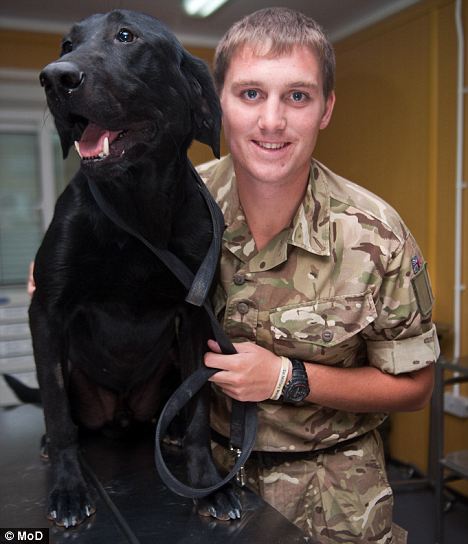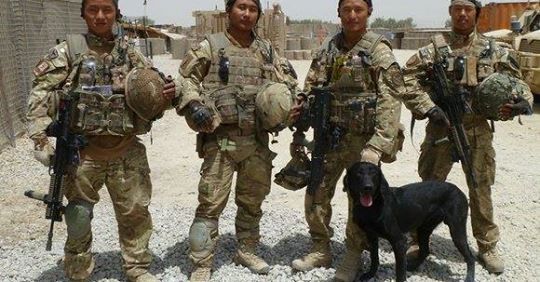
The Royal Gurkha Rifles is a rifle regiment of the British Army, forming part of the Brigade of Gurkhas. It came about following the partition of India in 1947 when an agreement between Nepal, India and Britain meant four Gurkha regiments (the name “Gurkha” having come from the hill town of Gorkha from which the Nepalese kingdom had expanded) from the Indian army were transferred to the British Army. Unlike other regiments in the British Army, RGR soldiers are recruited from Nepal, which is neither a dependent territory of the United Kingdom nor a member of the Commonwealth. Gurkhas who have served in the British Army are to be allowed to apply to settle in the UK and gain British citizenship, this after a campaign by the Nepalese soldiers and review by British Prime Minister, Tony Blair.
This was a good call. Gurkhas are not like other soldiers serving in the British Army. Having grown up in an extremely difficult environment in Nepal, their bodies seem to operate at a different level. Case in point: The Trailwalker 100 km is an annual race across the South Downs. The fastest any British team has managed to complete it hovers around twelve to thirteen hours. Gurkhas, who have won the race every year, do it in eight and a half hours.
They also have 29 more weeks of training than regular British specialists soldiers. Gurkhas train for 39 weeks after coming over from Nepal; regular British specialists do 10 weeks infantry training before specializing.
Queen Elizabeth attends official state and key events with two Gurkha officers. They’re called the Queen’s Gurkha Orderly Officers, and they’ve been present at all state affairs since the Gurkha’s introduction during Queen Victoria’s reign. Indeed, it was Gurkha soldiers who provided security during the 2018 summit between US President Donald Trump and North Korean leader Kim Jong Un in Singapore.
In July of 2011, “Hobo,” a two year old bomb-sniffing black Labrador Retriever serving with the Second Battalion the Royal Gurkha Rifles was hit in the neck and stomach with schrapnel three times when his unit came under fire in Nahr-e Saraj, Afghanistan. The soldiers were forced to take cover in an abandoned compound and await for reinforcements after they were ambushed by insurgents armed with automatic weapons and rocket-propelled grenades. When it was over, Hobo’s best mates fought to keep him alive against the odds. Two pieces of metal were so hot, they immediately cauterized and sealed wounds on the Hobo’s body, but another fragment left a gaping wound in his neck, the wound so deep that the only way the soldiers could stem blood loss was by using a coagulant normally only used on severely injured soldiers, which of course, Hobo was.

BBC News
Captain George Shipman, who treated Hobo, remembered how calm the dog remained. He later said, “I found it hard, harder than treating a human casualty because I couldn’t explain what was going on.”
Hobo was “evaced” out by a US “Pedro” medical helicopter along with other soldiers who had also sustained “fragmentation” injuries, and within 50 minutes, the injured were flown back to Camp Bastion. Hobo was taken to the veterinary surgery where he was put immediately on fluids because of the huge blood loss.
A Daily Mail newspaper headline summed up the outcome for Hobo: “Back on duty: The plucky bomb-hunting dog of war the Taliban couldn’t kill.” Hobo made a complete recovery from his wounds and returned to active duty to the relief of his mates. Corporal Arjun Limbu, from Hobo’s unit, said: “It’s great to have him back with us – it’s a real morale boost and he’s running around just like before.”
Hobo was considered for the Dicken Medal for bravery for having saved so many lives, though the award that year was given to “Kuga,” a Belgian Malinois, for actions during a Special Operations Task Group patrol in Uruzgan province, Afghanistan.
After his tour was over, Hobo returned to the UK to begin his next role as a demonstration dog, but in his service, he illustrated the spirit and toughness of being a Gurkha.
Military dogs. They also serve.
